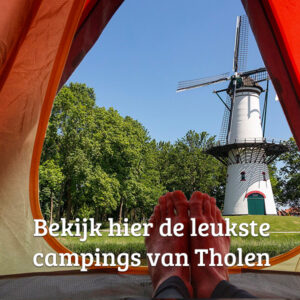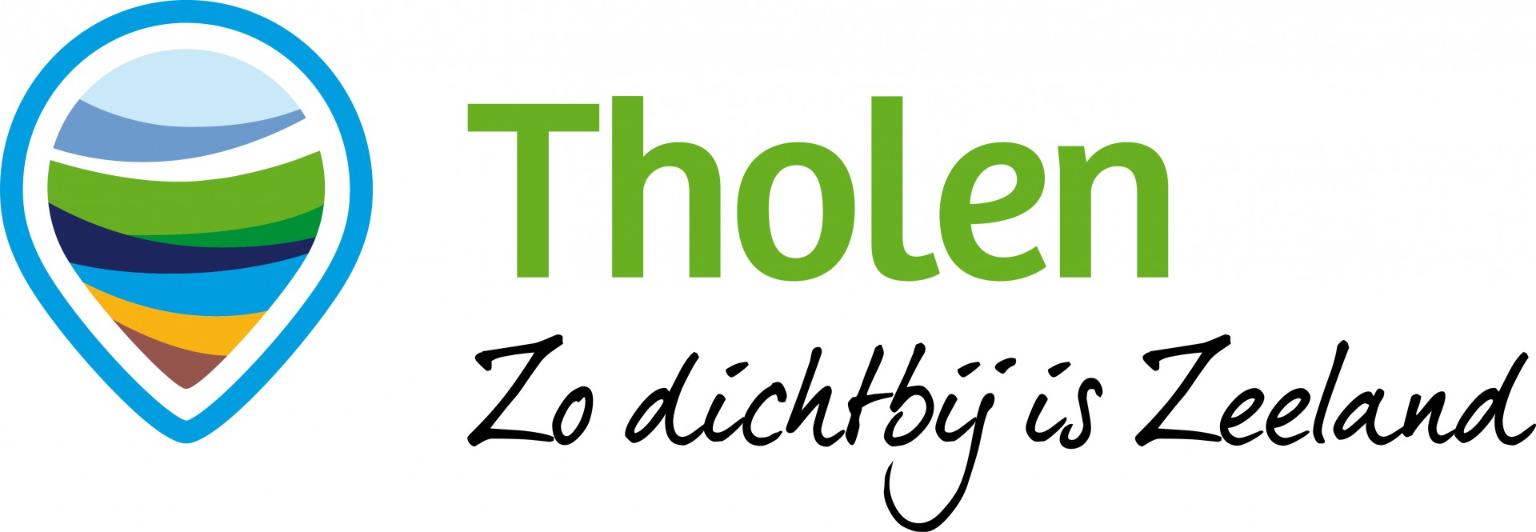Anna Jacobapolder
Development
In 1848, he had Noordweg, Zuidweg and Langeweg built, and the first houses were built on Noordweg. This was the beginning of Het Gehucht (The Hamlet) on Noordweg, as the Anna Jacobapolder village was still called after the Flood of 1953. He also had some farmhouses built, including Willemsburg for himself.

The Philips Dam was built as part of the compartmentalisation works of the Eastern Scheldt and the work to establish a fixed level in the Scheldt-Rhine Canal. This dam connects Sint Philipsland with the Grevelingen Dam between Schouwen-Duiveland and Goeree-Overflakkee. The road over this dam rendered superfluous the ferry over the Zijpe, which was often stopped by fog and for which there were always long queues of cars waiting in the summer. The last ferry sailed on 6 July 1988. The Philips Dam was opened for road traffic the same day.
The drinking water pipe system on the peninsula was opened in 1924. The water came from the vicinity of Seppe in Brabant. A water tower was built for this at the end of Langeweg, against the sea dyke. This was blown up during a German attack on the night of 22-23 January 1945. 8 people also lost their lives in the attack, including the Polish officer Prince Marie Andrzej Poniatowski, from one of the most important families of the Polish aristocracy. Anna Jacobapolder was liberated in early November 1944, and was in the front area during that winter.














